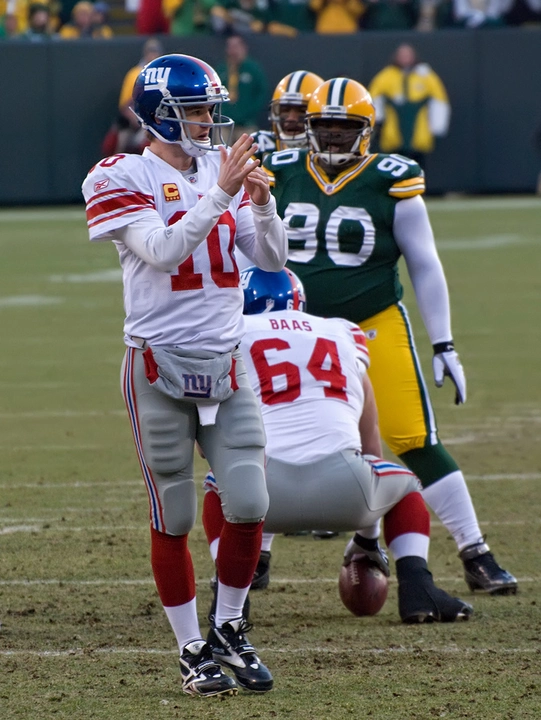
Exploring the Rules and Regulations of Hockey Timeouts
If you're a fan of hockey, you may have wondered - can you call a time out in the game? The answer is yes, however there are some restrictions on when and how it can be done. This article will explore the rules and regulations of a hockey timeout.
What Are Hockey Timeouts?
Hockey timeouts are short breaks in the game, typically lasting no more than a minute or two. During this time, coaches can communicate with their players and make necessary adjustments. Timeouts are also used by players to rest and regroup, or allow the referee to sort out any potential disputes.
When Can Timeouts Be Called?
Timeouts can only be called when the game is stopped, such as between periods or after a goal. If a team calls a timeout during play, it results in a delay of game penalty. The team that called the timeout will be assessed a two-minute minor penalty.
How Many Timeouts Can a Team Call?
A team is allowed three timeouts per game. A team can only use one timeout per period, and it must be used before the last two minutes of the period. If a team calls a timeout in the last two minutes of the period, it will be assessed a bench minor penalty.
Who Can Call a Timeout?
Only the head coach can call a timeout. No player can call a timeout, and any attempt to do so will result in a bench minor penalty. Coaches can also call a timeout from the team bench, the penalty box, or the dressing room.
What Happens After a Timeout?
After a timeout, the game will resume in the same manner as it was stopped. If the team that called the timeout was in possession of the puck at the time, they will keep it. If the puck is frozen, the referee will drop it between two opposing players for a face-off.
Conclusion
Hockey timeouts can be used to adjust strategies and give players a rest. However, there are several rules and regulations that must be followed in order to ensure fair play. Knowing when and how to call a timeout can be the difference between a win and a loss.
How to Use Hockey Timeouts Strategically
Hockey is a fast-paced and highly competitive game, and every second counts. But what if teams need to take a break? Can they call a time out?
The answer is yes, teams can call a time out in hockey. The rules of hockey, as set out by the International Ice Hockey Federation (IIHF), allow for teams to take a time out during the game, but only under certain conditions. The rules state that teams can take a time out either to treat an injured player, to discuss strategy, or to adjust equipment.
When it comes to taking a time out for strategy, teams have to be careful. Timeouts are limited in hockey, with each team only being allowed one timeout per period. This means that teams must make sure to use their timeouts strategically. Teams should use their timeouts to discuss strategies and make changes that could give them an advantage over their opponents.
Taking a timeout allows teams to take a break and regroup before taking on their opponents again. This can be especially helpful if a team is losing, as it gives them the chance to discuss their strategies and make changes that will help them turn the game around.
When it comes to equipment, teams can use a timeout to make adjustments or changes. This could include changing sticks or gloves, or even just taking a few seconds to re-lace a skate or adjust a helmet.
Finally, teams can also use a timeout to treat an injured player. This allows teams to get medical attention for the player, and then decide if the player is fit to continue playing or if they should be taken off the ice.
Overall, teams can use timeouts strategically in hockey to make changes and discuss strategies that could give them an advantage over their opponents. Timeouts are also helpful for treating injured players, and for making adjustments to equipment. Teams should make sure to use their timeouts wisely and strategically, as they are limited to one timeout per period.
The Benefits of Taking Timeouts in Hockey
Timeouts in hockey can be a valuable tool for coaches and players alike. Taking a timeout can give a team the opportunity to catch their breath, regroup, and make adjustments to their game plan. It also allows coaches to communicate with their players and provide them with important feedback and instruction.
One of the key benefits of taking a timeout is the ability to rest players. Hockey is a physically demanding sport and players need a chance to recover during a game. Taking a timeout allows a team to make substitutions so that players can get a break and remain as fresh as possible for the duration of the game.
Taking a timeout also gives teams the opportunity to discuss strategy and make adjustments to their game plan. This can be especially useful during a tight game, when the slightest advantage can make the difference between winning and losing. During a timeout, teams can discuss what’s working and what isn’t, and come up with a plan for the remainder of the game.
Finally, timeouts can be used to help teams keep their focus and composure. During a timeout, coaches can provide their players with important words of encouragement and remind them to keep their heads in the game. This can be especially helpful during a close game, when emotions can run high and players can become overly aggressive.
Overall, taking timeouts in hockey can be a great way to give teams a much-needed rest and make important adjustments to their game plan. By taking advantage of timeouts, teams can keep their players fresh and focused, giving them the best chance of success.
The Impact of Timeouts on the Outcome of Hockey Games
Timeouts are a crucial part of any competitive hockey game. They can be used strategically by teams to rest their players, regroup, and devise a plan of attack. That said, the way a timeout is used and the impact it has on the outcome of a game can vary greatly. In this article, we’ll take a look at how timeouts can affect the outcome of a hockey game and what coaches can do to make the most of them.
When Should You Call a Timeout?
Calling a timeout is a strategic decision that can be used to give a team an advantage. Generally speaking, a timeout should be called when a team is in a vulnerable position, such as when they are behind or in need of a break. It can also be used to stop a team’s momentum or to take advantage of a particularly favorable situation. Timeouts should not be called too often, as they can disrupt the flow of the game and put a team at a disadvantage.
What Happens During a Timeout?
During a timeout, players are given a brief rest and the coaches talk about strategy. Coaches can use the time to talk to players individually or as a group, making sure they understand the plan and are prepared for the next shift. Coaches can also use the timeout to make tactical adjustments, such as changing lines or shifting the team’s style of play.
How Can Timeouts Impact the Outcome of a Hockey Game?
Timeouts can have a significant impact on the outcome of a hockey game. If used correctly, a timeout can be used to regroup and refocus a team, allowing them to play more effectively. It can also be used to give a team an extra boost of energy, helping them to stay in the game. On the other hand, if the timeout is used too often or at the wrong time, it can disrupt the flow of the game and put a team at a disadvantage.
Conclusion
Timeouts are a valuable strategy in hockey and can be used to give a team an advantage. However, they must be used wisely in order to have the greatest impact. Coaches should use timeouts to rest and regroup players, making strategic adjustments when necessary. If used correctly, a timeout can be the difference between winning and losing a game.
Write a comment
Please Enter Your Comments *
